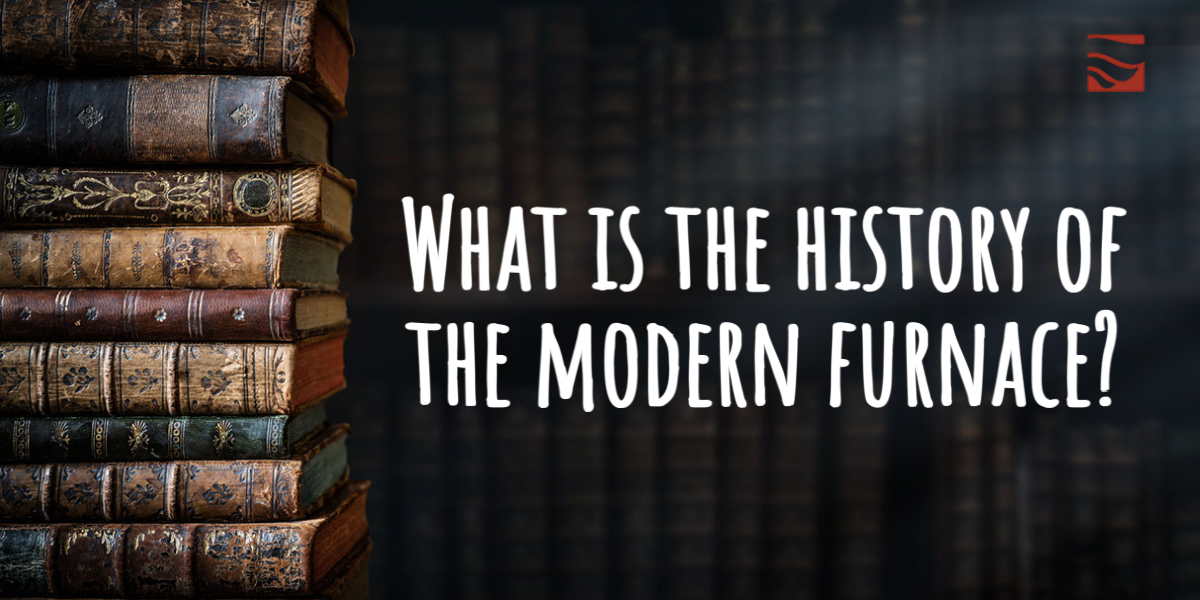Keeping a home heated was not always as simple as it is nowadays. Yet, today we have the luxury of pressing a few buttons on our thermostat. At the beginning of history, humans survived by starting basic campfires or constructing rudimentary fireplaces. Today we get to enjoy the comfort of a fully centralized heating system. But how did we get here? Dive into the details of furnace history with your Delaware Heating & Air heating & cooling professionals as we discuss the progression of the furnace.
What Is the History of the Fireside?
Central heating did not occur out of thin air. It would be safe to say that human’s first source of heat can be traced back to the primordial campsite fire. Development eventually led to the basic fireplace where families could huddle around the hearth for extra warmth. These, of course, were not sustainable ways to keep a family or home heated and warm as it required continual burning of wood and tending to fire.
When Was Radiators & Bunsen Burner Developed?
The Romans stopped relying on fires to stay warm and came up with the complex system called the hypocaust to heat the flooring in their rooms. This was also not a sustainable way to keep warm. It required many hands for labor and massive amounts of wood to be burned to keep up with heat provision. Franz San Galli developed the first radiator in 1855. But Dave Lennox furthered this progression in 1885 by creating coal-fueled cast iron radiators. In addition, the Bunsen Burner was also created in 1855 by German scientist Dr. Robert Bunsen. His heating technology can still be seen in today’s furnace units using the open flamed pilot light.
When Was Centralized Heating Discovered?
Albert Marsh discovered metal chrome in 1905. The discovery was a huge milestone in that this metal was 300 times stronger than anything else being used on the market at that time. Fast forward to today, Marsh’s discovery is still used in today’s heating units. Albert Marsh’s discovery paved the way for Alice Parker to create the first centralized heating system in 1919. Through her invention, the concept of evenly distributed air and regulated temperatures became solidified.
When Was Forced Air Distribution Established?
Gravity-fed systems were prominent around this time. Unfortunately, due to the issue of the massive amount of ductwork needed for them, it proved a challenge. After a time, the first coal-fueled electric fan and duct system was introduced. Forced air distribution was established. Because it distributed heat evenly throughout the entire home instead of falling prone to gravity and returning right back to the furnace, this simplified the overall home heating system process and fixed many of the main furnace issues.
What About the Modern Furnace?
It is almost a century and a half later since Franz San Galli created the first official radiator. We now live in a time where energy-efficient furnaces, smart thermostats, and phone apps exist to make our lives more convenient and give us options that best fit our lifestyles. Technology sure has changed over the years, but it is almost impossible to look at a modern furnace today and not give credit to the scientists and inventors who came up with the original concepts that make up a heating unit in its entirety.
At Delaware Heating & Air, we consider our customers our family! Embark on your HVAC journey with us for any of your HVAC system needs and services. Call Delaware Heating & Air today at (740) 227-8302, or schedule a heating or cooling repair appointment online now by clicking here!







